Feeding beets with boric acid

Many summer residents grow beets. A healthy vegetable is appreciated for the content of vitamins, minerals and trace elements, acids and amino acids, fiber - substances necessary to maintain human health. Like other plants, the crop needs feeding for good growth and protection from diseases and pests. A good solution is feeding beets with boric acid.

The benefits of feeding
No one doubts the fact that any agricultural crop needs additional feeding for its successful development. They are applied depending on the needs of the plant and the condition of the soil. One of the elements that beets need is boron. It is part of many fertilizers, but summer residents often prefer to use fairly cheap and affordable boric acid.
The boron contained in it brings many advantages:
- it contributes to an increase in the amount of chlorophyll in the beet tops, which ultimately leads to an improvement in photosynthesis;
- there is a stimulation of the growth of not only green mass, but also the root crop itself;
- there is an improvement in the taste of root crops, the content of such elements as vitamin C, carotene, sugar substances is increasing;
- the vegetable is better stored during the winter;
- plant immunity to diseases grows;
- the risk of such a phenomenon as cracking and decay of root crops is reduced.
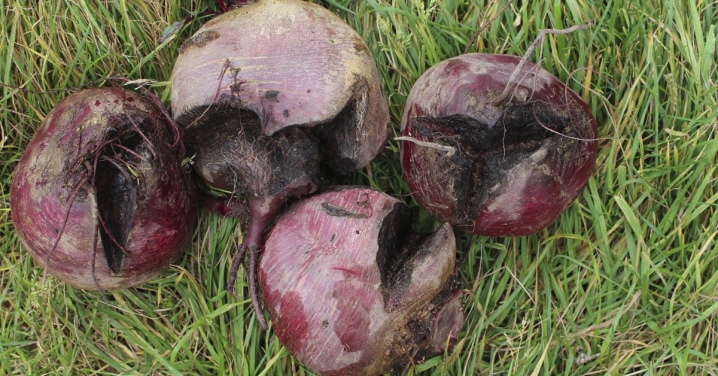
Beetroot is one of the vegetable crops that are especially sensitive to boron deficiency. The lack of a substance can result in a loss of yield up to 30%.
The deficiency of the element can be guessed by some signs.
- With boric starvation, young central leaves begin to die off. At first, they experience growth retardation, and then blackening and drying out.
- Brown spots appear on older leaves of the next tier, the tops wither and die off.
- Gray spots can be seen on the neck of the root crop. Vegetable tissues also die off.
- The process continues in the deeper layers of the beet, its core rots.
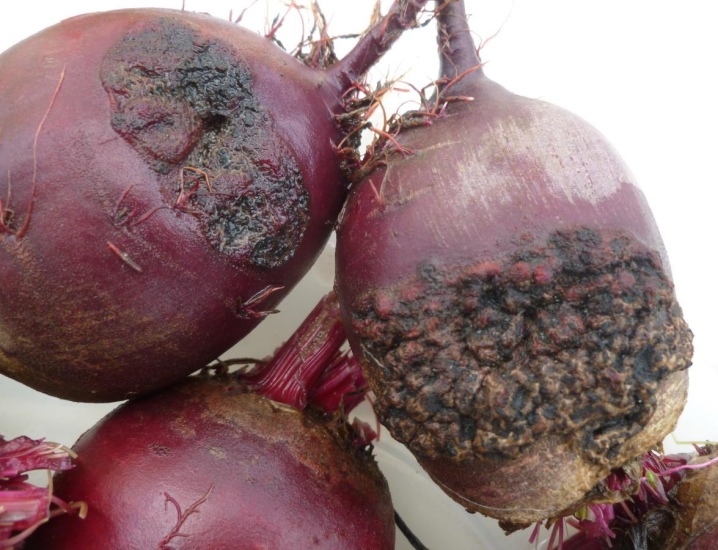
A weakened plant is easily susceptible to fungal diseases, among which the most dangerous and frequent for beets is phomosis. Dark brown depressions form on the surface of the root crop, which rot. Black seals appear inside, and voids can also form. During storage, diseased fruits rot, becoming a source of spoilage for healthy fruits.
It is quite difficult to overcome the phomosis even with the use of strong fungicides, since the root cause is a violation of agricultural technology. It is much easier to prevent a dangerous disease with boron-containing dressings.
However, one should not get carried away with them so that an overdose does not happen. Excessive boron application will cause yellowing, drying, curling of the edges of the leaves, their death.
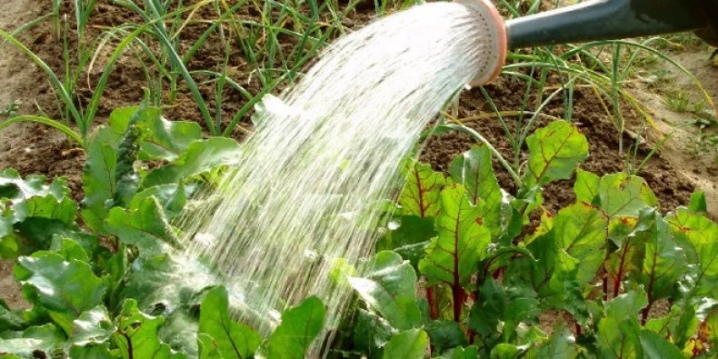
How to make a solution?
To add boric acid to the soil, a solution is prepared. It is not at all difficult to make it at home. You will need boric acid powder and water. The water should be settled, it is not recommended to take it straight from the tap. Tap water contains chlorine and other impurities. The best option is considered to be the use of rain or well water.
To properly dilute the fertilizer, you need to observe the proportions. 10 g of water will require 10 g of boric acid. However, at first it is recommended to dilute it in a liter of warm water, since the crystals of the product dissolve poorly in a cold environment. The resulting solution is poured into a bucket or watering can with 10 liters of water for irrigation.
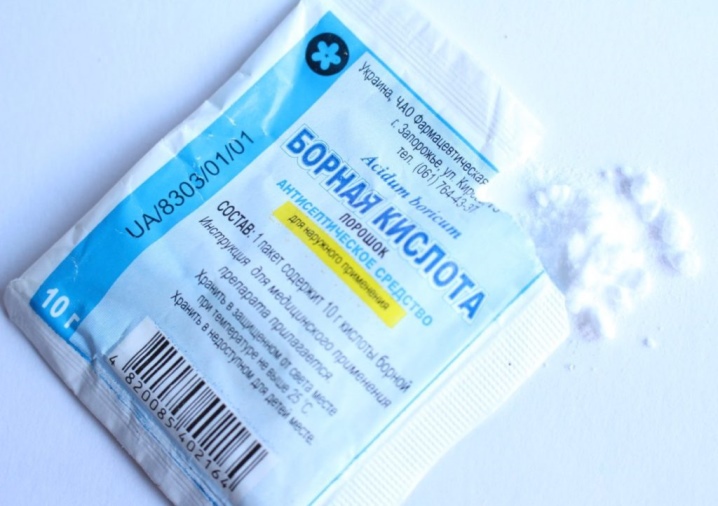
Boron, of course, has a good effect on beets, but it should be understood that it would be wrong to apply the same fertilizer all the time, because garden crops need different substances. For example, beets will enjoy top dressing with table salt. It will improve the palatability of root vegetables, helping the accumulation of sugar substances. And also the beets will become larger and stronger. For 10 liters of water, you need a tablespoon of salt. You can also make a complex solution.
Take:
- 10 liters of clean water;
- packaging of boric acid (10 g);
- a tablespoon of salt (about 20 g).
The substances are first dissolved in a small amount of warm water, and then the solution is poured into the prepared water to treat the plants. Boron is much better absorbed by a plant if it is an element in an organic compound. To obtain such a compound, glycerin in an amount of 100 ml can be added to the solution.
Adding 1 tablespoon of 9% vinegar will speed up the formation of this compound.
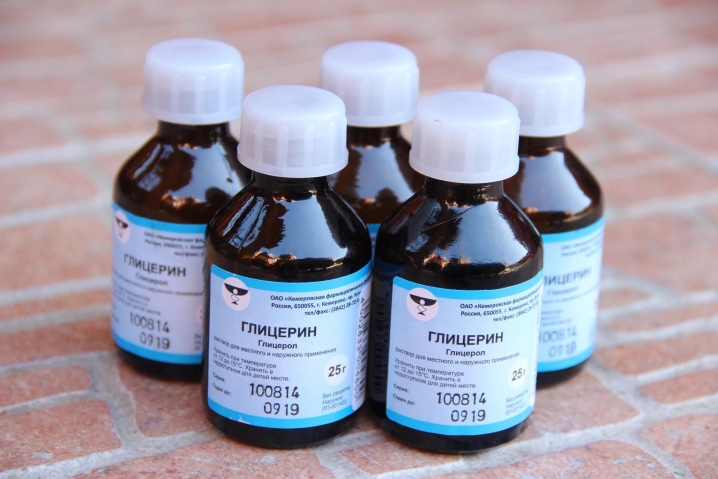
It will have a good effect on the culture and processing with potassium permanganate. The substance promotes the active growth of beets, helps prevent the appearance of fungal infections, and repels pests.
To obtain a solution of the desired concentration, you will need only 2-3 g of crystals per 10 liters of water. A good effect is obtained by shedding the beds before planting. Adult plants can also be sprayed with a light pink solution. In this case, you need to ensure that the crystals dissolve well, otherwise burns may appear on the plants.
You can improve the structure of the soil with a solution of wood ash. This valuable fertilizer has a high content of copper, potassium, magnesium, boron. Ash will perfectly replace potassium-phosphorus fertilizers. Beets need to be fed with it 2 times during the season: after planting and during fruit formation. To obtain a liquid for irrigation, dissolve 2 glasses of ash in 10 liters of water and let it brew for 2-3 hours.
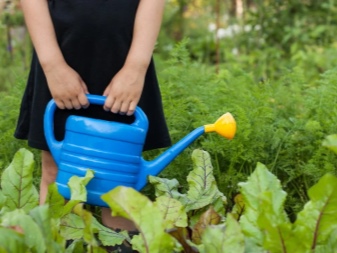
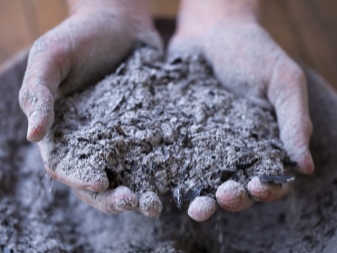
Processing methods
In order for the benefits of feeding beets with boric acid to be tangible, it is applied several times during the growing season. It will be useful to soak the seeds before planting in open ground. To do this, dissolve 0.5 g of acid in 1 liter of water and keep the seeds in the solution for 2-3 hours.
Root feeding is carried out when the plants begin their growth period. Watering the beets with a solution should be in the morning or evening. The procedure must be repeated at the end of July or at the beginning of August, when there is an increase in the mass of root crops. 500 ml of solution is poured under the root of each plant. You can feed the plants at the same time as watering.
Foliar dressing is carried out when the plant has 5-6 leaves. Spraying should be carried out in calm weather a few hours before sunset.
See below for feeding beets.













The comment was sent successfully.